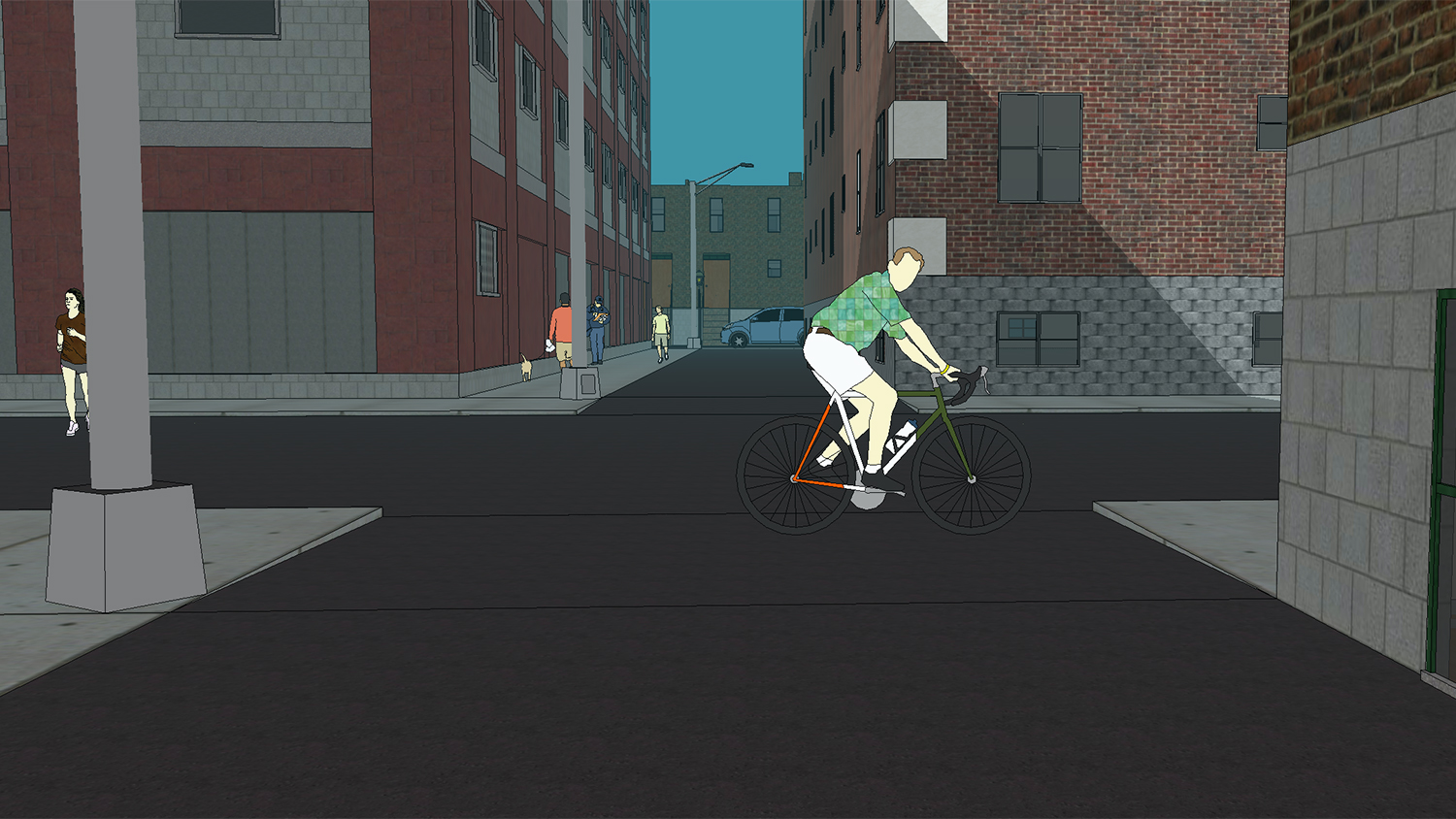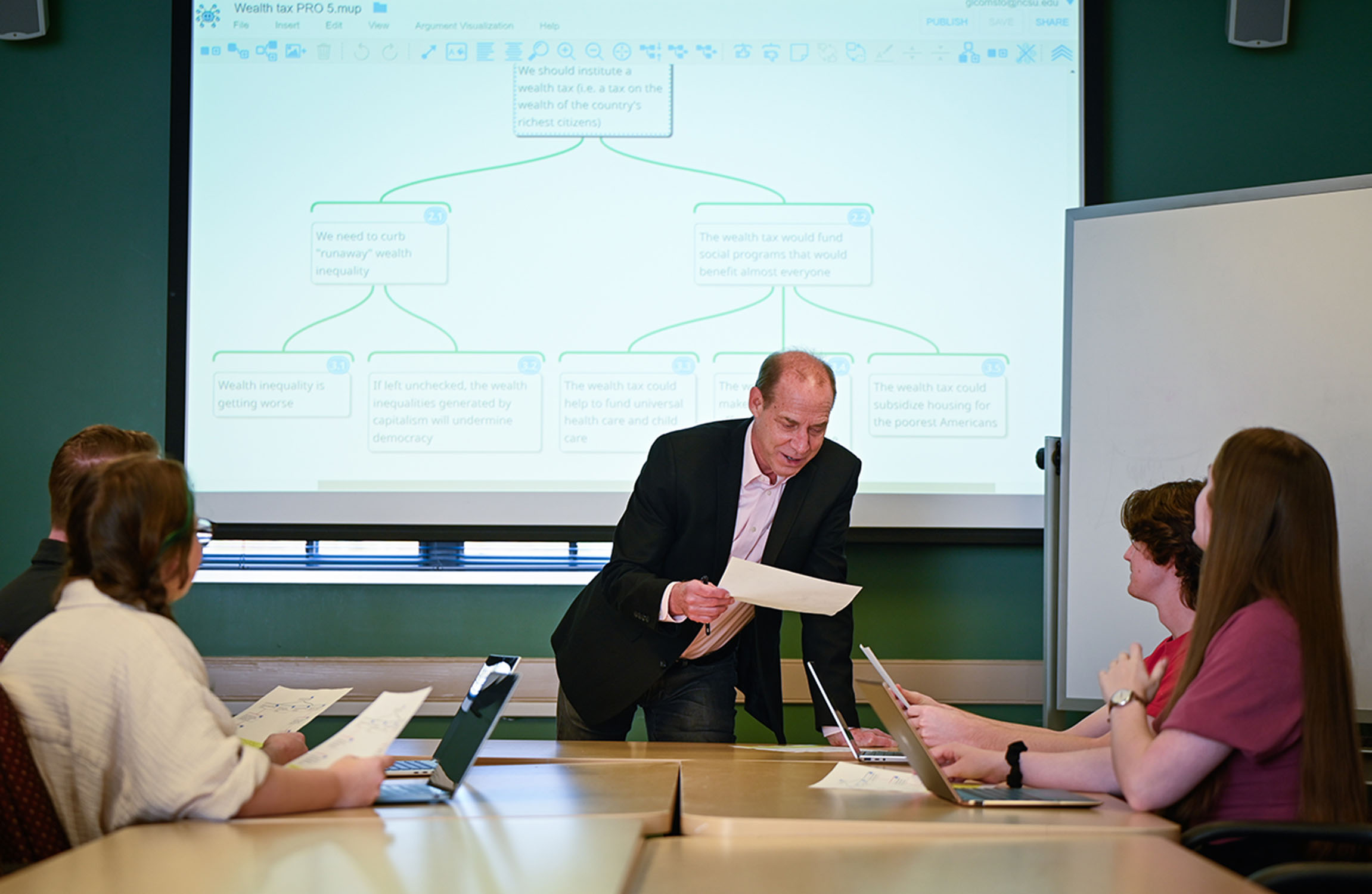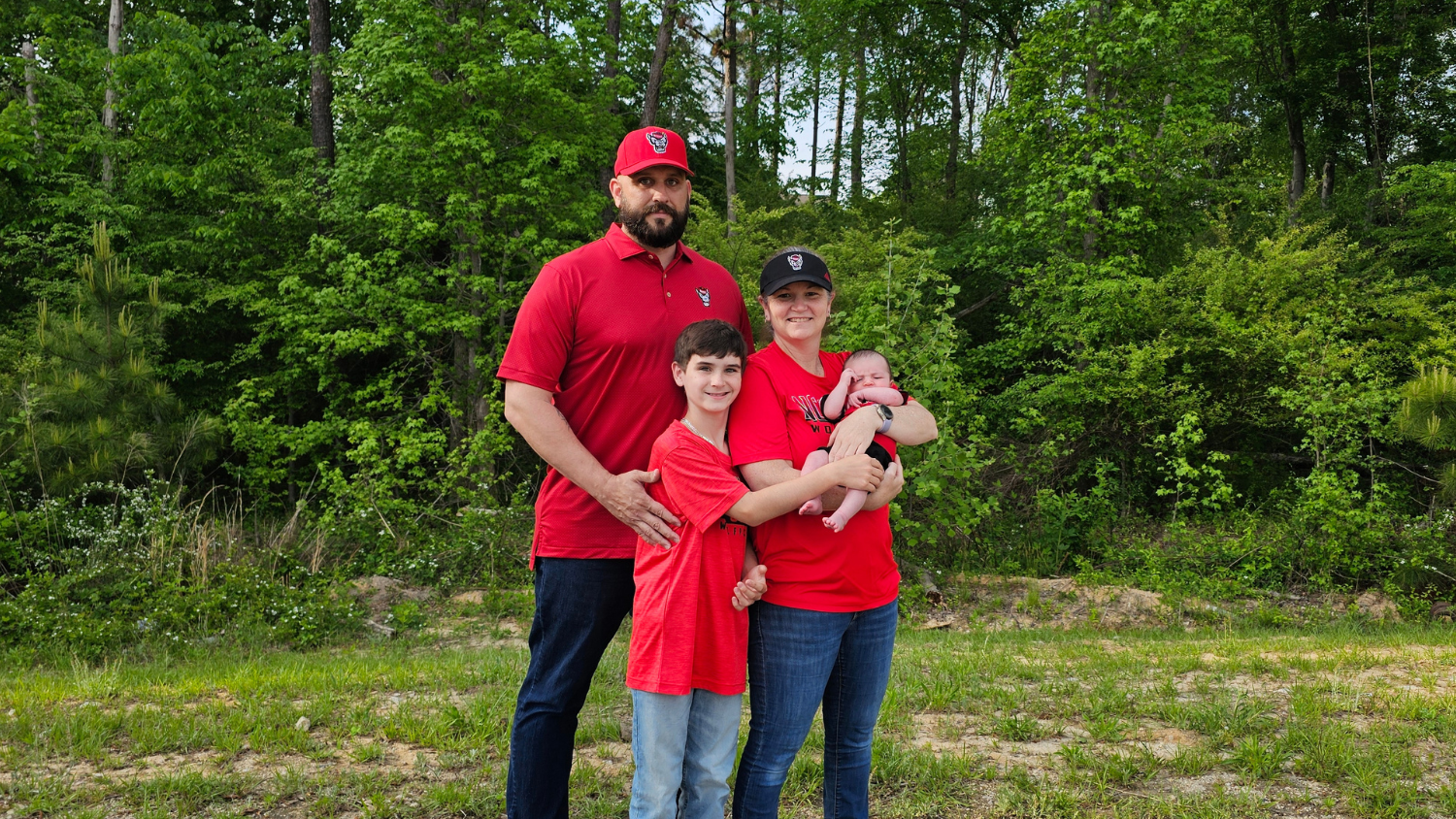When You Spot One Driving Hazard, You May Be Missing Another

When people notice one traffic hazard, they are less likely to see a simultaneous second hazard, according to new research from North Carolina State University. The finding has potential applications for both driver training and the development of automated, in-vehicle safety technologies.
“This is a phenomenon called a subsequent search miss (SSM), which was first described in the context of doctors evaluating medical images – their ability to spot a problem was hindered if they had already found another problem in the same image,” says Jing Feng, corresponding author of a paper on the research and an associate professor of psychology at NC State. “We wanted to determine whether SSMs might impact driving safety. What we’ve found suggests that SSMs may play an important role.”
To test this, researchers conducted three studies. Each study asked participants to evaluate 100 traffic images and identify any potential hazards that would prevent them from driving in a given direction. Each image contained between zero and two hazards. Some hazards were “high-salience” targets, meaning they were glaringly obvious – like a red sports car. Other hazards were low-salience targets, such as drably dressed pedestrians.
In the first study, researchers gave 20 participants approximately one second to identify any hazards. The participants were able to detect 70% of low-salience targets if they were the only hazard in the scene. But only 30% of the low-salience targets were identified when there were two hazards in the scene. In other words, low-salience hazards were 40% less likely to be identified when they appeared in the same scene as a high-salience hazard.
In the second study, researchers gave 29 participants up to five seconds to spot any hazards. In this study, participants did a better job of identifying both high-salience and low-salience targets – but low-salience targets were still 15% less likely to be identified in scenes where there were two hazards. In other words, while performance improved with extra time, SSMs were still present.
In the final study, researchers gave 30 participants up to five seconds to identify any hazards – but there was a twist. Scenes were introduced as having either a high risk or a low risk of containing multiple targets.
“Here, we found that participants spent more time evaluating traffic scenes after being told the scenes were high risk,” says Robert Sall, first author of the paper and a Ph.D. student at NC State. “However, there was still a distinct pattern of performance that could be attributed to SSMs.”
When told scenes were low-risk, low-salience targets were 18% less likely to be identified in two-hazard scenes. When given high-risk instructions, low-salience targets were 31% less likely to be identified in two-hazard scenes.
“This work gives us a much better understanding of why people miss certain hazards when driving,” Sall says. “It could help us modify driver training to reduce accidents, and inform the development of in-vehicle technologies that focus on accident reduction.”
“Our findings will also likely be useful for those whose work involves traffic accident diagnostics,” Feng says. “It’s now clear that SSMs have the potential to prevent drivers from noticing important pieces of visual information, which may contribute to lapses in driving performance. A great deal of work now needs to be done to determine the scope of the problem and what we can do about it.”
The paper, “Dual-target hazard perception: Could identifying one hazard hinder a driver’s capacity to find a second?” is published in the journal Accident Analysis and Prevention.
-shipman-
Note to Editors: The study abstract follows.
“Dual-target hazard perception: Could identifying one hazard hinder a driver’s capacity to find a second?”
Authors: Robert J. Sall and Jing Feng, North Carolina State University
Published: July 15, Accident Analysis and Prevention
DOI: 10.1016/j.aap.2019.06.016
Abstract: Low-level cognitive processes like visual search are crucial for hazard detection. In dual-target searches, subsequent search misses (SSMs) are known to occur when the identification of one target impedes detection of another that is concurrently presented. Despite the high likelihood of concurrent hazards in busy driving environments, SSMs have not been empirically investigated in driving. In three studies, participants were asked to identify safety-related target(s) in simulated traffic scenes that contained zero, one, or two target(s) of low or high perceptual saliency. These targets were defined as objects or events that would have prevented safe travel in the direction indicated by an arrow preceding the traffic scene. Findings from the pilot study (n=20) and Experiment 1 (n=29) demonstrated that detecting one target hindered drivers’ abilities to find a second from the same scene. In Experiment 2 (n=30), explicit instructions regarding the level of risk were manipulated. It was found that search times were affected by the instructions, though SSMs persisted. Implications of SSMs in understanding the causes of some crashes are discussed, as well as future directions to improve ecological and criterion validity and to explore the roles of expertise and cognitive capabilities in multi-hazard detection.
This post was originally published in NC State News.
- Categories:


